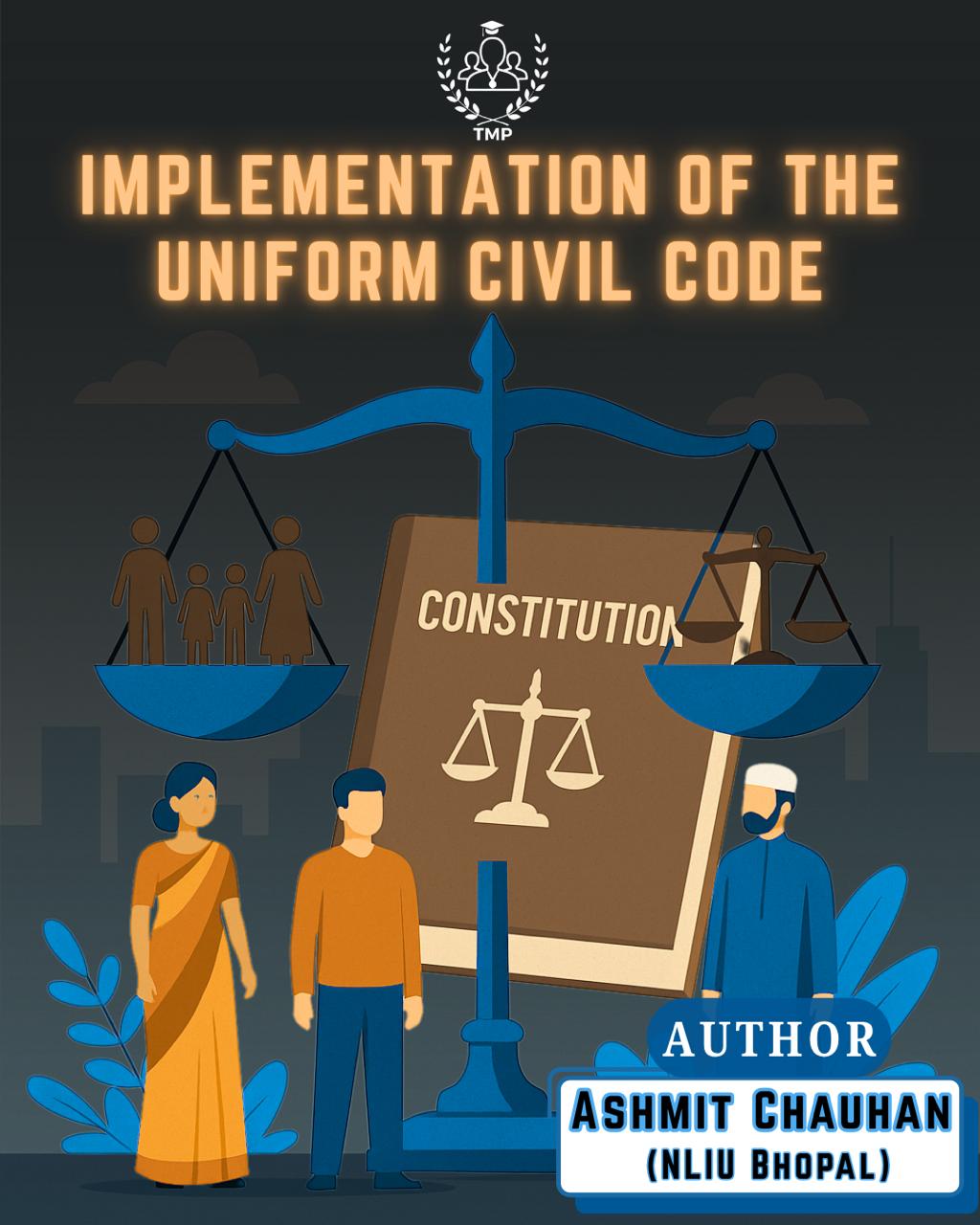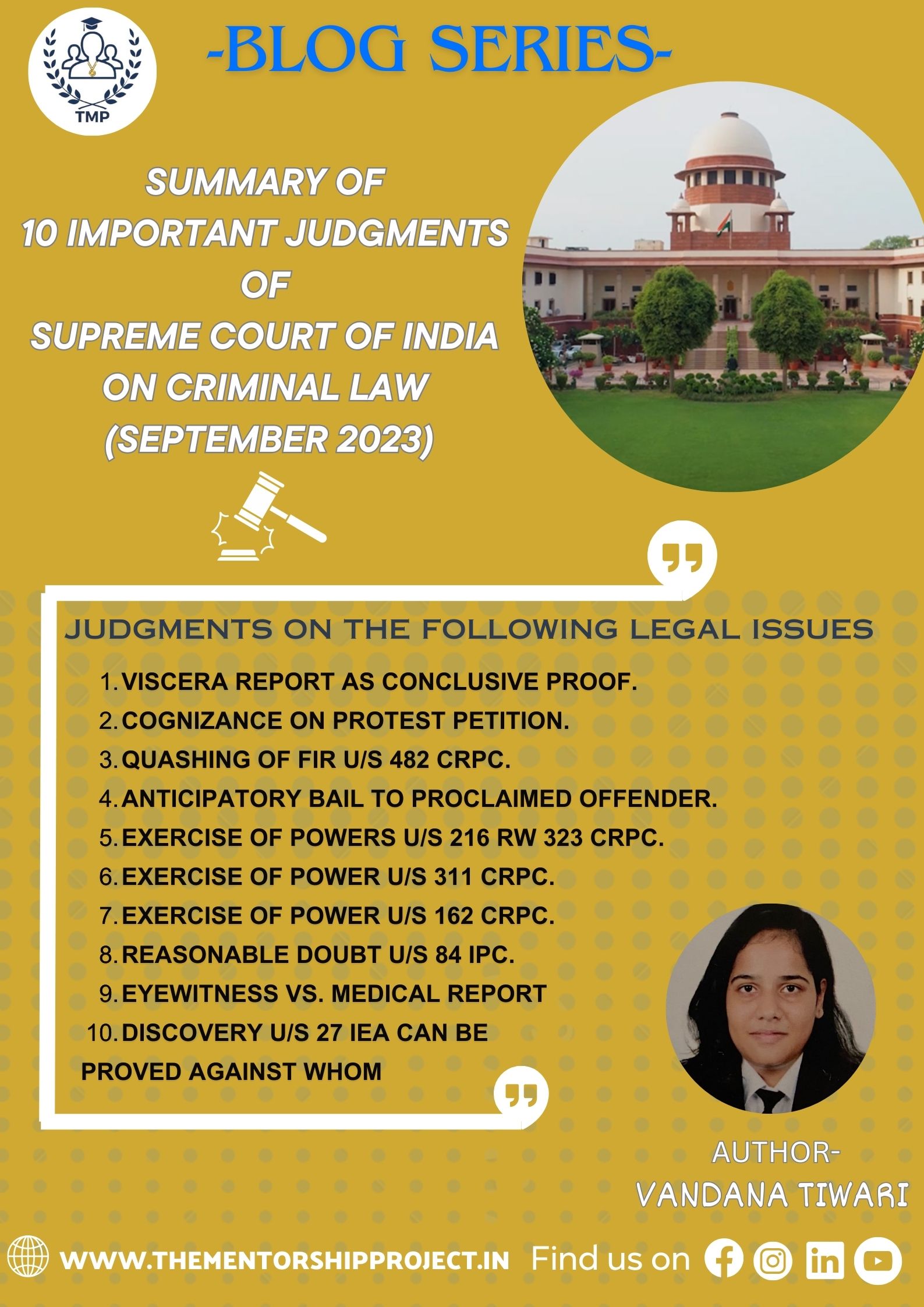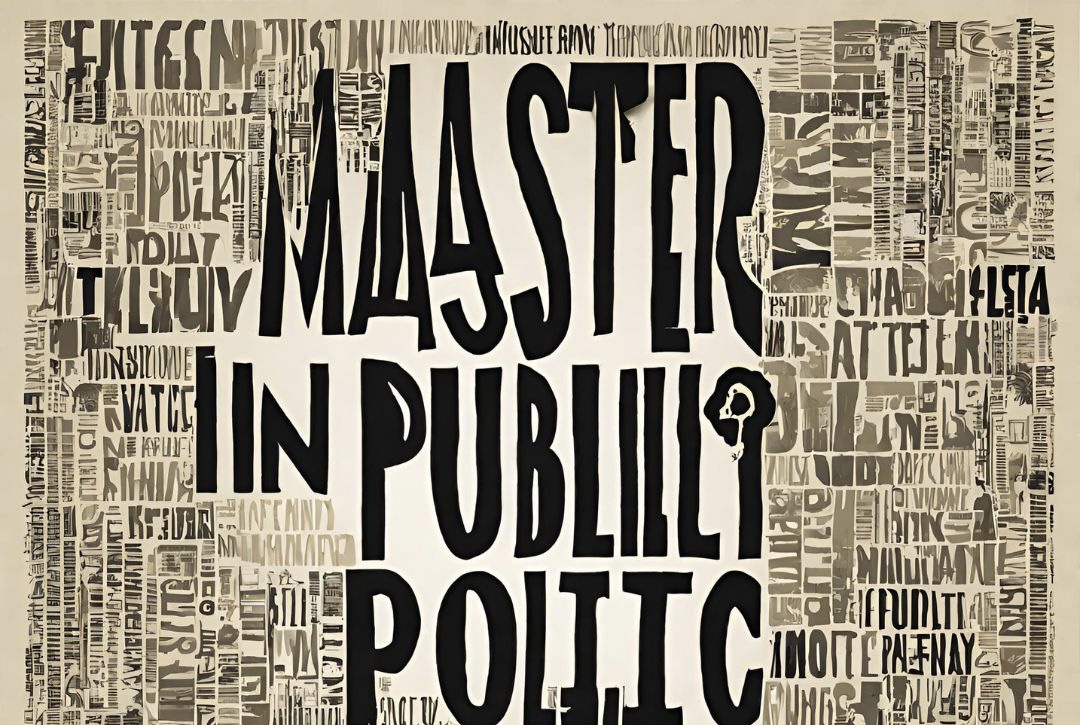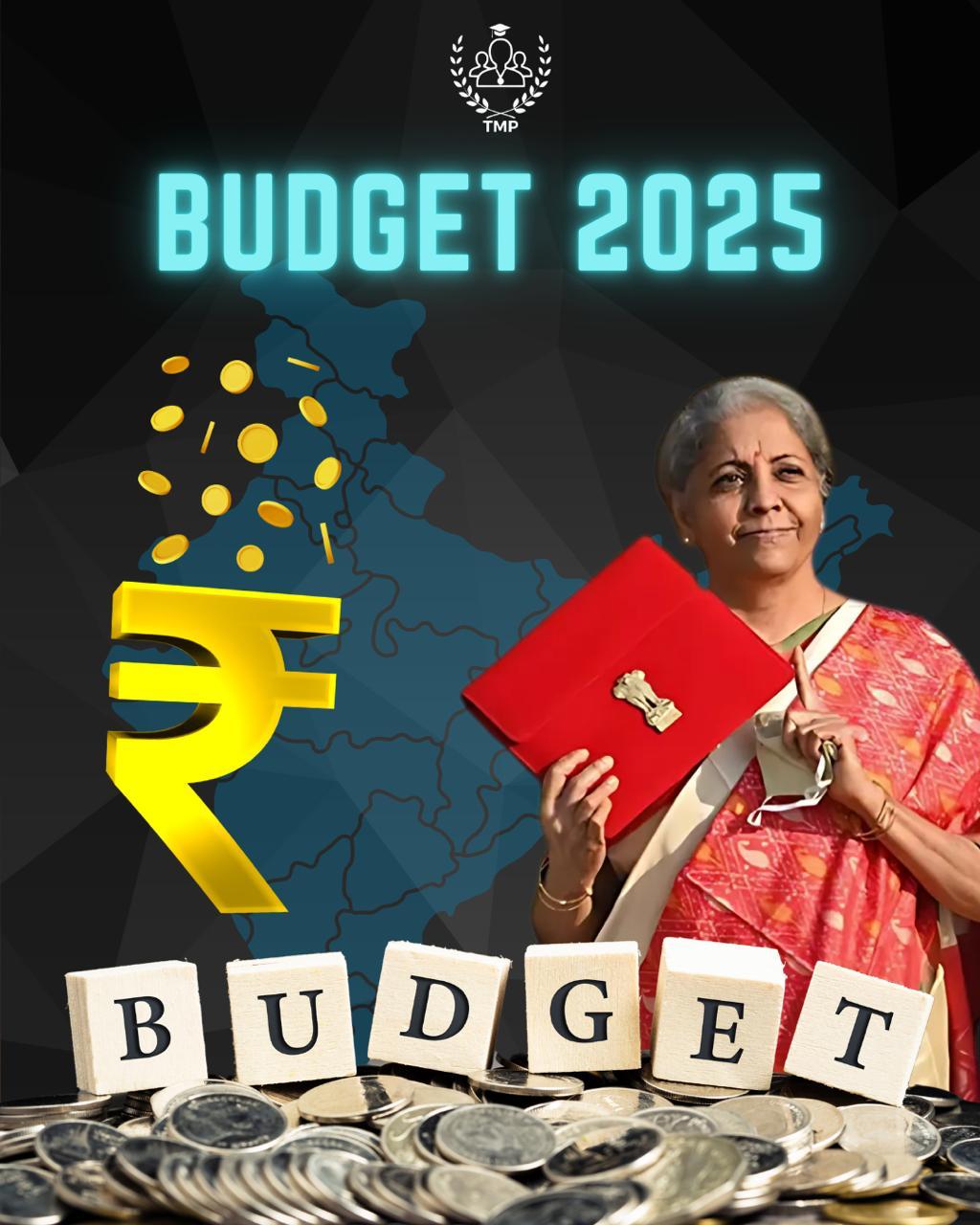July 05 , 2025
IMPLEMENTATION OF THE UNIFORM CIVIL CODE
Introduction
The Uniform Civil Code (UCC) in India is a transformative initiative which aims at standardizing personal laws across the nation’s diverse religious and cultural communities. Through Article 44 of the Constitution of India, a Directive Principle of State Policy, the UCC seeks to establish a unified legal framework for matters such as marriage, divorce, inheritance, and adoption, which is to apply equally to all citizens regardless of their religion, caste, or gender. This concept has led to a significant debate between balancing national unity and the preservation of India’s rich cultural diversity. This blog delves into the evolution of the UCC, the government’s role in its implementation, global perspectives, and its broader implications for India’s legal and social landscape, with a focus on Uttarakhand’s enactment of the UCC in 2024.
Historical Evolution
The roots of the UCC in India traces back to the colonial and post-independence eras. During the ancient period, Hindu personal laws were guided by the Vedas and Smritis, with the forthcoming of the Mughal era, Shariat law was introduced, which was codified under Emperor Aurangzeb’s Fatwa Alamgiri. The British colonial period had a policy of non-interference in the religious personal laws of the people, which led to a fragmented legal system that preserved cultural diversity but often perpetuated inequality norms, specifically for women, such as Lord William Bentinck’s laws against Sati Pratha and female infanticide (1828–1829) and the Special Marriage Act of 1873. Post-independence, the framers of the Constitution of India embedded Article 44 in order to promote a UCC as a means to foster equality and national unity. In the 1950s, the Hindu Code Bills reformed the Hindu personal laws, but other communities still followed their traditional practices. Judicial interventions significantly shaped the discourse, Mohd. Ahmed Khan v Shah Bano Begum and Others Case (1985) ruled for Section 125 of the Code of Criminal Procedure, providing maintenance to wives, to be applicable on all citizens, and emphasized the need for a UCC to eliminate gender disparities. Chief Justice Y.V. Chandrachud’s observations underscored its role in fostering national unity. In the case of Smt Sarla Mudgal v Union of India (1995) the Court addressed conversions for bigamy and reinforced the need for a UCC to prevent such a misuse of personal laws. The Shayara Bano v Union of India Case (2017) which held triple talaq to be unconstitutional. The case of John Vallamattom & Anr. v Union of India (2003) wherein the Court struck down discriminatory provisions under the Indian Succession Act, highlighted discrepancies in the personal laws. The Constituent Assembly debates has never been in conformity to one side, proponents like B.R. Ambedkar and K.M. Munshi advocated for national unity, secularism, and gender justice, while opponents like Ismail Sahab argued that a UCC could infringe on religious freedom and community autonomy. That the compromise was to place the UCC under the non-justiciable Directive Principles, leaving its implementation to future legislatures.
Global Perspectives
No country has fully implemented a UCC covering all personal matters, but several nations have adopted uniform civil codes in specific areas, offering insights for India. The Napoleonic Code (1804) was a pioneering uniform legal framework which covered property, civil rights, family law, and contracts, applying to all citizens of france regardless of their religion or class. The German Civil Code (Bürgerliches Gesetzbuch, 1900) provided a unified legal framework for personal and civil matters. Under Mustafa Kemal Atatürk’s reforms in the 1920s, Turkey adopted a secular Turkish Civil Code (1926), which was inspired by the Swiss Civil Code, replacing Islamic law in family matters. In contrast, Gulf countries like Saudi Arabia, Qatar, and Oman rely heavily on Sharia-based personal laws. The UAE, however, has introduced reforms, such as civil marriage options for non-Muslims, blending Islamic and civil law.
Uttarakhand’s Implementation of the UCC
On February 7, 2024, Uttarakhand became the first Indian state to pass the Uniform Civil Code Bill, receiving the presidential assent on March 13, 2024. It was drafted by a committee led by a former Supreme Court Justice Mr. Ranjana Prakash Desai and introduced by the Chief Minister of the state Mr. Pushkar Singh Dhami, this law is applicable on all the residents except the Scheduled Tribes, whose customary practices are protected under Section 2 of the Act. The UCC prohibits polygamy and child marriage by a set’s standard of marriage ages of 21 for men and 18 for women, it mandates registration of the marriage within 60 days, and ensures divorce to only take place through judicial proceedings. Thus, criminalizes non-judicial dissolution and marriages within prohibited degrees. The UCC has standardized inheritance by prioritizing Class 1 heirs (immediate family) over Class 2 heirs (extended family), and abolishing the Hindu coparcenary system therefore treating all property as individual property.It recognizes live-in cohabitation as “in the nature of marriage,” requiring registration within a month, leading to penalties or fines including jail in case of non-compliance. It abolished the concept of “illegitimate children,” granting legitimacy to children from void, voidable, or live-in relationships. Religious groups like Jamiat Ulema-e-Hind opposed it for conflicting with Sharia, and women’s rights advocates have raised privacy concerns over mandatory live-in relationship registration. Uttarakhand’s UCC draws inspiration from Goa, the only Indian state with a pre-existing UCC based on the Portuguese Civil Code of 1867. In Goa, marriage is a civil contract registered with a civil registrar, applicable to all communities, with restrictions on certain categories. Uttarakhand’s enactment serves as a critical case study for national implementation.
Government’s Role
The 22nd Law Commission’s decision to revisit the UCC, despite the 21st Law Commission’s stance that a UCC is “neither necessary nor desirable,” underscores the issue’s evolving nature?. The 21st Law Commission advocated reforming family laws for gender justice, codifying Muslim inheritance laws, and dividing matrimonial property upon divorce, prioritizing uniformity of rights over uniform laws. Implementing the UCC requires navigating political and social complexities, which include resistance from minority communities. The government must undertake a robust public consultation and inclusive dialogue to present the UCC as a reform rooted in justice rather than cultural imposition. The 22nd Law Commission’s approach of soliciting input from diverse stakeholders reflects this necessity. Uttarakhand’s enactment offers insights, highlighting the need for sensitivity to cultural concerns while pursuing legal uniformity.
Conclusion
The implementation of the Uniform Civil Code, exemplified by Uttarakhand’s pioneering legislation in 2024 and Goa’s long-standing UCC, marks a pivotal step toward fulfilling the constitutional ideal of legal uniformity. While offering a pathway to equality, gender justice, and national integration, it poses the intricate challenge of harmonizing a standardized legal system with India’s rich cultural and religious diversity. Global examples, such as France and Turkey, demonstrate the feasibility of uniform codes but also highlight the need for cultural sensitivity. The success of India’s UCC depends on the government’s ability to engage diverse stakeholders, address concerns, and build a cohesive framework. As it navigates this transformative journey, the UCC holds the potential to reshape its legal and social fabric, setting a precedent for unity in diversity.
(Authored by Ashmit Chauhan, Student at RMLNLU, Lucknow, Views expressed are personal.)
References
Cases:
1. Mohd. Ahmed Khan v. Shah Bano Begum & Others, AIR 1985 SC 945.
2. Smt. Sarla Mudgal v. Union of India, AIR 1995 SC 1531.
3. Shayara Bano v. Union of India, (2017) 9 SCC 1.
4. John Vallamattom & Anr. v. Union of India, (2003) 6 SCC 611.
Web Sources:
5. TSCLD, Uniform Civil Code: A Critical Analysis, The Society for Constitutional Law Discussion (TSCLD), available at: https://www.tscld.com/uniform-civil-code-a-critical-analysis
6. South Asian Voices, Politics and the Uniform Civil Code, June 3, 2024, available at: https://southasianvoices.org/pol-m-in-n-uniform-civil-code-03-06-2024
7. Britannica, Napoleonic Code, available at: https://www.britannica.com/topic/Napoleonic-Code
8. Britannica, German Civil Code, available at: https://www.britannica.com/topic/German-Civil-Code
9. TSCLD, Uniform Civil Code: A Critical Analysis (duplicate reference), available at: https://www.tscld.com/uniform-civil-code-a-critical-analysis
10. Perma.cc, archived source available at: https://perma.cc/WJ42-V7KY
11. The Uniform Civil Code Rules, Uttarakhand, 2025, Sections 2 and 4.
12. Global Legal Monitor, India: Legislative Assembly of Uttarakhand Enacts Uniform Civil Code, Library of Congress, March 21, 2024, available at: https://www.loc.gov/item/global-legal-monitor/2024-03-21/india-legislative-assembly-of-uttarakhand-enacts-uniform-civil-code
13. Press Information Bureau (PIB), Government of India, Archived Release, August 31, 2018, available at: https://archive.pib.gov.in/docume









